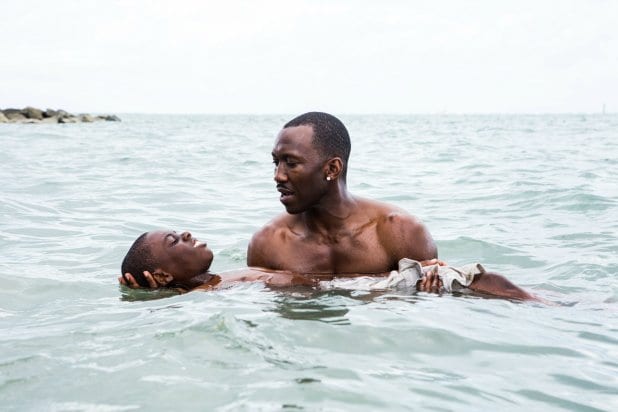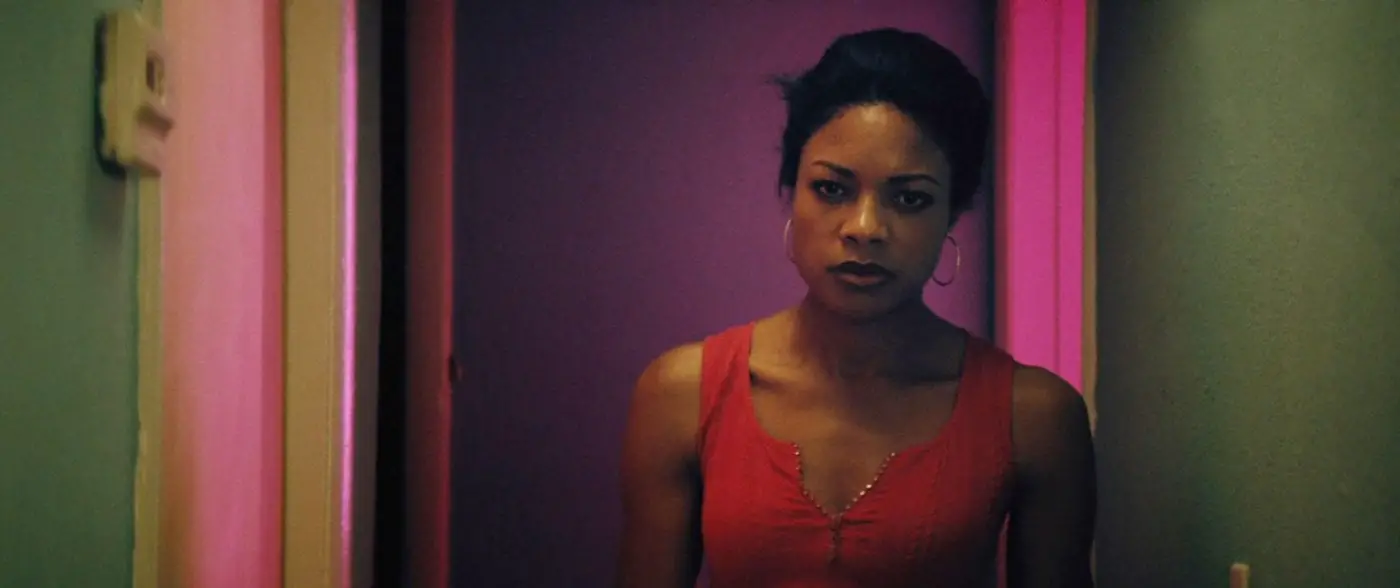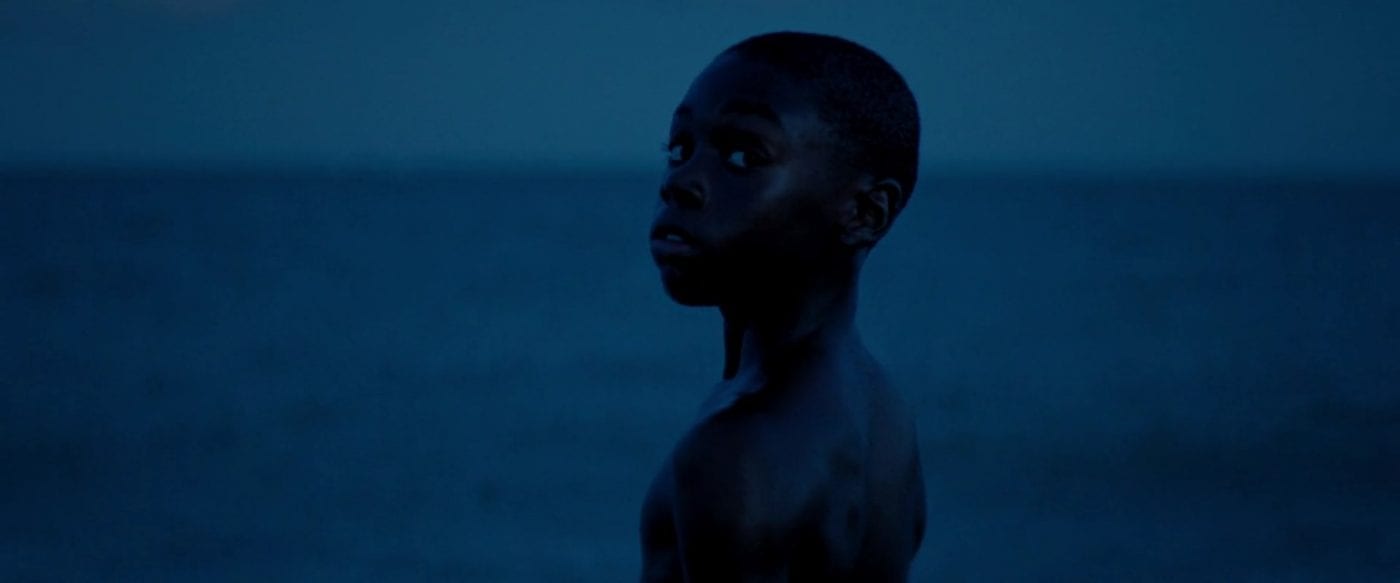The right decision was made when the highest cinematic honor, the 2016 Academy Award, was presented to Barry Jenkins’ film Moonlight. A feat in modern filmmaking, Moonlight’s budget of $1.5 million made it a David amongst Goliaths. Arrival boasted a budget of $47 million, Hacksaw Ridge $40 million, and the Best Picture frontrunner, La La Land, a $30 million budget. For such a disproportionately financed film to win Best Picture, Moonlight hopefully is a sign that the tides are turning for more artistic films to win top honors. Starring Mahershala Ali, Janelle Monáe, and Naomie Harris, Moonlight follows a young boy as he traverses the struggle to accept himself and his sexuality against the backdrop of abuse that has filled his life. Sexuality in the Black community is an issue largely ignored, especially cinematically. Moonlight’s intent to so beautifully explore and give a voice to a subset of the population that is often overlooked was a brilliant choice and one that the audience benefits from immensely.
Moonlight is based on an unproduced play by Tarell Alvin McCraney called, In Moonlight Black Boys Look Blue. McCraney’s play is a semi-autobiographical depiction of his life. When the script came to Barry Jenkins, certain similarities were unable to be ignored. Both Jenkins and McCraney grew up in Liberty City, Florida, both of their mothers were addicted to drugs (later to be diagnosed H.I.V. positive), both from low-income families, and both spent the majority of their childhoods being bounced around from caretaker to caretaker. Despite the two only being a year apart in age, Jenkins and McCraney never met until they were working adults. Their similarities made Barry Jenkins the exact person needed to bring Moonlight’s brilliant exploration to life.

Moonlight zeroes in on one person, Chiron, played by three different actors depicting three different points of his life. Starting out with an examination of Chiron as a young boy dealing with the absence and abuse by his mother, Paula. (Naomie Harris) Chiron lives in an impoverished and crime-ridden city and he is bullied at school for various reasons, most notably because of his perceived sexuality. While running away from his school tormentors, Chiron hides inside a condemned house where an adult, Juan (Mahershala Ali), happens upon him. Juan takes Chiron to lunch attempting to learn about him, where Chiron isn’t talking. Juan becomes a fixture in Chiron’s life providing a male influence and oftentimes his only source of happiness. Juan and his significant other, Teresa (Janelle Monáe), provide a much-needed sanctuary for Chiron throughout his life.
As Chiron transitions into his teenage years, he struggles with more abuse, increased difficulties at school, more abandonment from his mother, and a deep questioning of his sexuality. After experiencing his first sexual encounter with another man, a friend of his since childhood, Chiron is sure of his sexuality but reluctant to accept it openly. As he matures into an adult, Chiron and his mother’s roles have reversed, as she is in rehab for drug abuse and he is taking care of her. He has found himself in perhaps a predictable position where he has become a drug dealer, like Juan, his mentor. Chiron has also taken precise care of his body, developing muscles to cover himself like a suit of armor. Chiron has never accepted himself by the end of the film, he instead has adopted a complete mask with which to cover himself. He is unwilling to let anyone in his life in a desperate attempt to protect himself from the abuse and pain that has filled his entire existence. Those closest to him have always hurt him, except for Juan, whom he has essentially turned into. Three glimpses into the life of a single person create a beautiful representation of self-discovery and growth in the worst of circumstances, cementing Moonlight firmly in its place in history as 2016’s best.

Jenkins uses several cinematic language techniques to perfection to best tell the story of Chiron. Choosing to break the story into three distinct parts and provide just a glimpse into a specific point in Chiron’s life was a fantastic way to fully immerse the audience into the narrative. This method calls attention to, not necessarily the most defining moments in Chiron’s life, but an average day which brings a whole story of the boy we are watching mature into focus. We are sure not to be shown too much as a representation of the ways in which Chiron excels at keeping people at a distance. Another striking film technique implored, especially during the first chapter of Chiron’s life, is a constantly moving camera. The swirling camera movements allow one to see Chiron’s impressionistic childhood memories reminding us of the incomprehensibility of childhood.
The world is so massive and mystifying to a 9-year-old and Jenkins chose the perfect technique to convey that. Another fantastic directorial choice was that three different actors played Chiron. Jenkins has said that rather than looking for actors that especially resembled each other, he was searching for a gaze. The most compelling part of looking at Chiron is watching his eyes. From each moment he sees for the first time, to the abuse he endures, to watching his mother deteriorate the deeper she falls into drugs, Chiron’s eyes are the focus of the film. The idea that Jenkins could foresee how critical it would be for the audience to be able to enter Chiron’s psyche through his eyes shows brilliant directorial foresight that paid off for audiences. Having three different people play Chiron calls attention to how different each version was at that distinct point in his life through his journey of self-discovery and acceptance. A film as reflective as Moonlight is dependent upon such a full immersion into the psychology of the film’s subject.

One of the most powerful aspects of Moonlight was how many crucial aspects of the story the audience learns through silence. Maybe not complete silence on-screen, but Moonlight doesn’t rely on dialogue to fill the audience in on what happens in the time in which we do not follow Chiron, or even the moments in his life that we do see. For instance, in the first chapter, Chiron comes home to see the television that was there the previous day is gone. No dialogue or narration tells the audience the television has likely been sold to feed his mother’s drug habit. Similarly, Chiron goes to run a bath for himself during his mother’s absence, when no water comes out of the spout. The audience doesn’t need to be told that their water was turned off likely due to failed payments because it is shown. Jenkins’ preference to show rather than tell the audience about pivotal moments in the life of Chiron exposes his prowess as a director for creating an even more powerful narrative.
Perhaps the most significant takeaway scene is the one in which Paula, Chiron’s mother, is framed in the hallway and the audiences watches her yelling at Chiron when the dialogue cuts and what she is screaming cannot be heard. This scene is powerful for the same reason it is powerful that the audience only hears the gunshot going off in Robert Siodmak’s 1946 film, The Killers. It is far worse to imagine what is happening or what is being said than to know. We don’t have to hear the abuse Chiron is enduring to know that it is breaking him and leaving a permanent imprint on his psyche. This trust Barry Jenkins exhibits in his audience by showing rather than telling provides an amazing and immersive film.

“Who is you?” This is the question asked by the only two people besides Chiron who make an appearance in each of the chapters of his life we are shown throughout Moonlight. Both his mother and his lifelong friend Kevin implore upon Chiron “who is you?” and it’s doubtful that Chiron knows the answer by the end of the film. He has perfected his defense mechanism and built a completely false facade that he shows the world as a means to control his emotions and who he allows in his life. Paula, despite her deficiencies as a mother, is one of the people closest to Chiron, and Kevin (the person with whom he has his first sexual experience with and the one he is never able to forget and let go of) are the only two people in each chapter the audience witnesses of Chiron’s life illustrating the close circle Chiron keeps. The film is a coming-of-age story in which the audience departs from the character in almost the same state that we meet him. Similar to the ending of François Truffaut’s coming-of-age masterpiece The 400 Blows, the child version of Chiron is seen looking back at the audience in front of an expansive body of water. Acting as an analogy to the magnitude of his own life that lay before him, the water seems to suggest that there is an infinite amount of possibilities that his life could take. But just as the ocean is not in total control of its own tides, neither is Chiron of his own life. There is little evidence to suggest that Chiron is any more comfortable with his chiseled adult body than he was by his thin adolescent body. To this day, Chiron is probably still asking himself the question: “who is you?”


